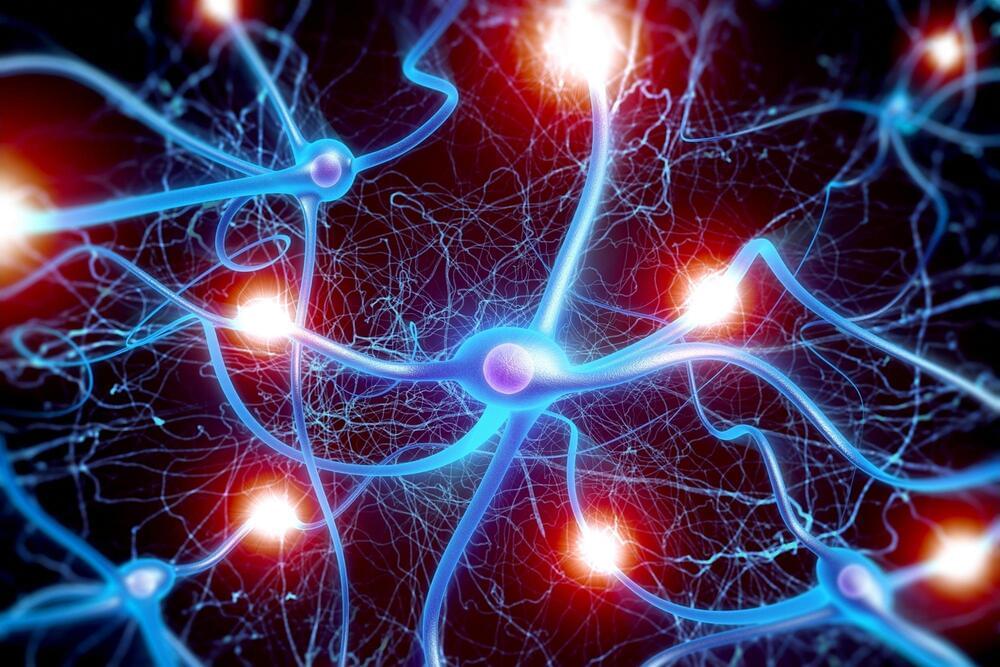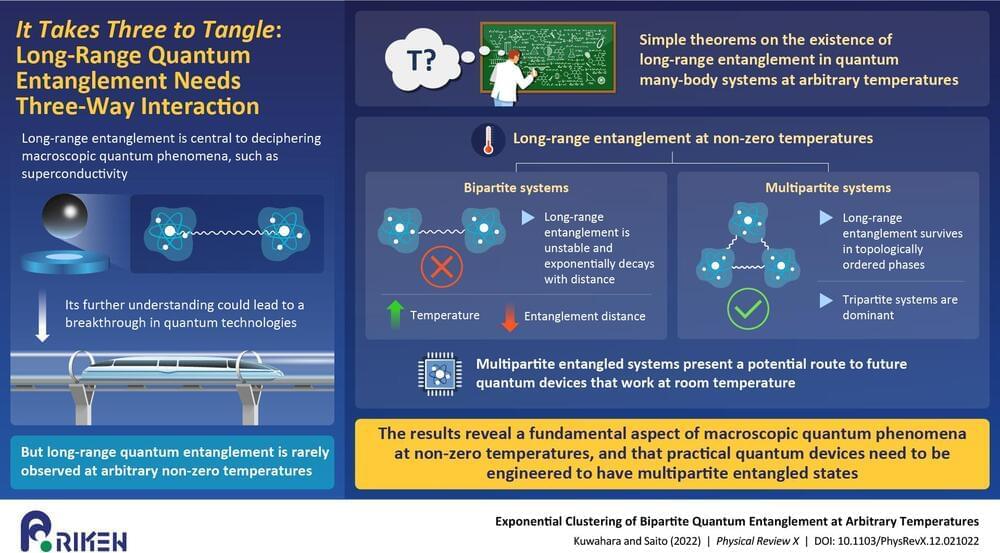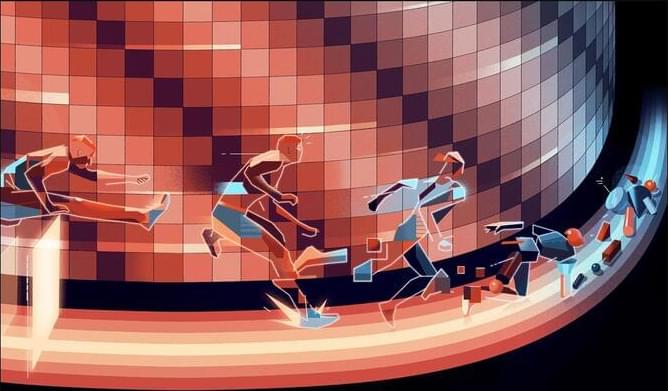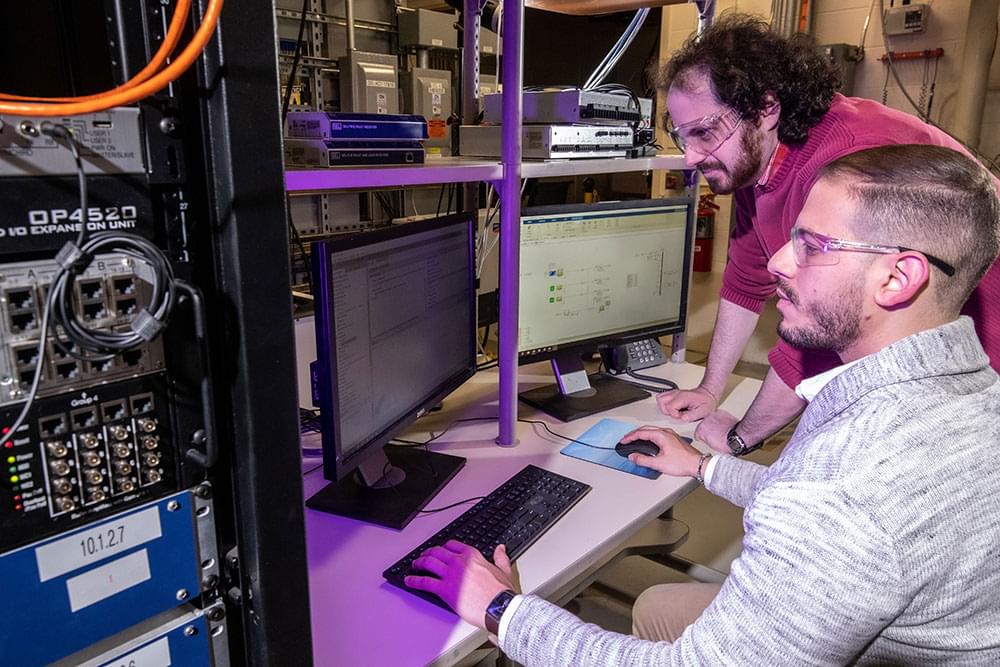Chronic pain is persistent and inescapable, and can lead to maladaptive emotional states. It is often comorbid with psychiatric disorders, such as depression and anxiety disorders. It is thought that chronic pain causes changes in neural circuits, and gives rise to depression and anxiety.
Researchers at Hokkaido University have identified the neuronal circuit involved in chronic pain-induced anxiety in mice. Their research, which was published on April 27, 2022, in the journal Science Advances, could lead to the development of new treatments for chronic pain and psychiatric disorders such as anxiety disorders and major depressive disorder.
“Clinicians have known for a long time that chronic pain often leads to anxiety and depression, however the brain mechanism for this was unclear,” said Professor Masabumi Minami of the Faculty of Pharmaceutical Sciences at Hokkaido University, the corresponding author of the paper.









